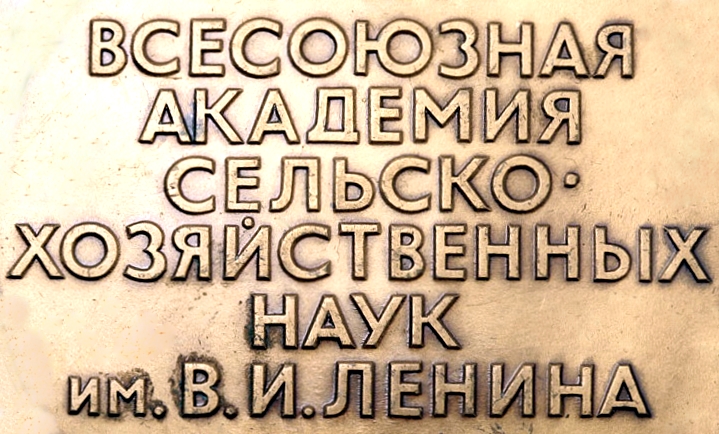
25 June 1929 a defining date in the history of agriculture
The 25th of June 1929 can safely be called a turning point in the history of Soviet and, consequently, Kazakh agriculture. On this day, the government decree on the establishment of the All-Union Academy of Agricultural Sciences in the USSR was issued. The name of the new organization was given in the spirit of time - the leader of the world revolution Vladimir Lenin. Incidentally, this is a unique case in world history. Neither before, nor after such institutions were given names. The full abbreviation of the organization - VASKhNIL was known, perhaps, by every resident of one sixth of the world. Later, in December 1929, a relevant ministry was created, which supervised the work of the Agricultural Academy, as they would say today. However, at that time it was called differently - People's Commissariat of Agriculture. This is a lyrical digression, though. Now on to business. The Academy was headed by an outstanding geneticist Nikolai Ivanovich Vavilov. Here is what he said about his appointment: "1929, apparently, is destined in history to be called the year of the beginning of the revolution in agriculture, 25 June the same year the Council of People's Commissars of the Union of Soviet Socialist Republics issued a decree on the establishment and structure of the Academy of Agricultural Sciences named after V.I Lenin. The coincidence of dates of the beginning of the revolution in agriculture and the creation of the All-Union Academy of Agricultural Sciences is deeply significant and determines the main tasks of the Academy.
Tasks of VASKhNIL
What tasks did the party and government set for VASKhNIL? All activities of the first agricultural academy in the USSR should, first of all, have been based on the adaptation of theoretical and practical work in the development of the agricultural sector in the country. The time was pivotal. The country started to realize absolutely new agricultural policy, collective and state farms were created. The Academy united all research institutes that were to conduct all scientific and practical work in the Soviet Union. At the initial stage of the Academy there was only one research institute - the All-Union Institute of Applied Botany and New Crops. However, the resolution on the organization of VASKhNIL stated that by 1 January 1930 eleven new institutes had to be created. Among them, the Institute for the Economy of Agriculture, Agricultural Mechanization, Farming, Land Reclamation, Animal Husbandry, Fishing and Fishery Research, the Corn Institute, other institutions were to be responsible for drought control, pest and plant disease control, as well as the fundamental agricultural library. Incidentally, in the first half of the thirties there were more than a hundred different scientific agricultural institutions in the USSR. However, it should be said that it did not give the expected result. It was simply physically impossible to provide such a number of scientific organizations with qualified specialists, let alone with material and technical base.
The year of 1948 was a turning point in history, not only for the Academy itself, but also for the whole Soviet agricultural science. From 31 June to 7 August there was a session of VASKhNIL, where the President, Academician Trofim Lysenko made a report against "bourgeois genetics". Genetics was officially banned in the Soviet Union. More than a hundred scientists have lost their jobs. It should be said that the complete rehabilitation of genetics in the Soviet Union occurred only in 1964, when Trofim Lysenko lost all his posts.
Allied branches of VASKhNIL
Five years later, regional branches were already established on the basis of VASKhNIL. The first of them were the Siberian branch in Novosibirsk, and the southern branch of VASKhNIL appeared in the capital of Ukraine. Under the Siberian branch of VASKhNIL five research institutions were created. Two years later - on 26 October in the capital of the Kazakh SSR the Eastern Branch of the Academy was opened. The vice-president of the All-Union Academy of Agricultural Sciences named after Lenin Kilybai Medeubekov became the chairman of the presidium of the Eastern branch. On the basis of the branch 14 research institutes, various experimental stations, and also experimental stations started their work. Another year later, the Central Asian branch was opened in Tashkent. In 1975, three zonal branches were added: the Transcaucasian branch with the center in Tbilisi, the Western branch in Minsk and the branch of the Russian SFSR Non-Black Earth Zone in Leningrad. However, not only the zonal offices existed by the early seventies. By that time, there were eight regional and ten branch offices, as well as 31 all-Union research institutions.
It should be noted that VASKhNIL published specialized publications such as "Bulletin of Agricultural Science" (since 1956), "Agricultural Biology" (since 1966), "Mechanization and Electrification of Socialist Agriculture" (since 1930), "Agriculture Abroad" (since 1955) (series "Crop Production" and "Livestock"). The authors of outstanding scientific works and discoveries were awarded medals named after K.A. Timiryazev, N.I. Vavilov, V.R. Williams, K.K. Gedroitz, V.P. Goryachkin, M.F. Ivanov, A.N. Kost.
In 1992, VASKhNIL ceased to exist due to the collapse of the USSR. The Russian Academy of Agricultural Sciences became its successor, and in our republic the Kazakh Academy of Agricultural Sciences was organized on the basis of the Eastern branch of VASKhNIL. It was headed by Academician Gani Kaliyev. The new republican Academy included 18 research institutes and scientific-production associations, 32 experimental stations and 37 experimental farms. There were 830 scientific workers, including 321 candidates and doctors of sciences, 6 correspondent members and 4 academicians of VASKhNIL.







































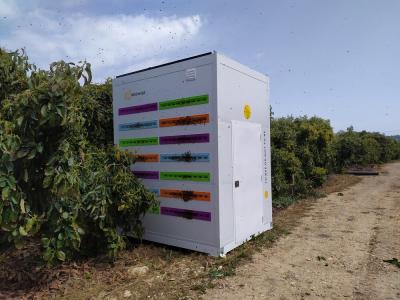
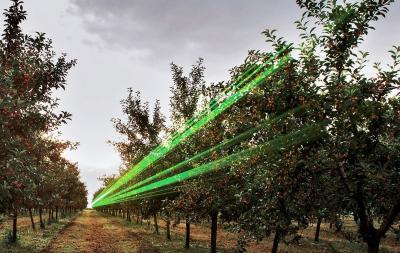
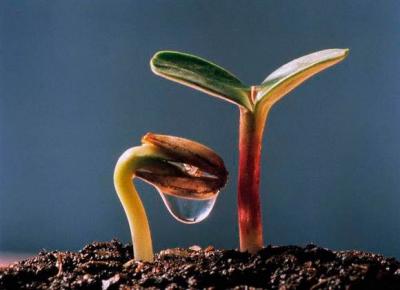
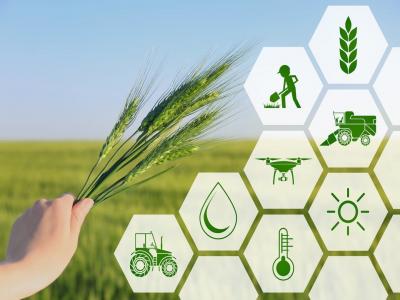



Обсуждение